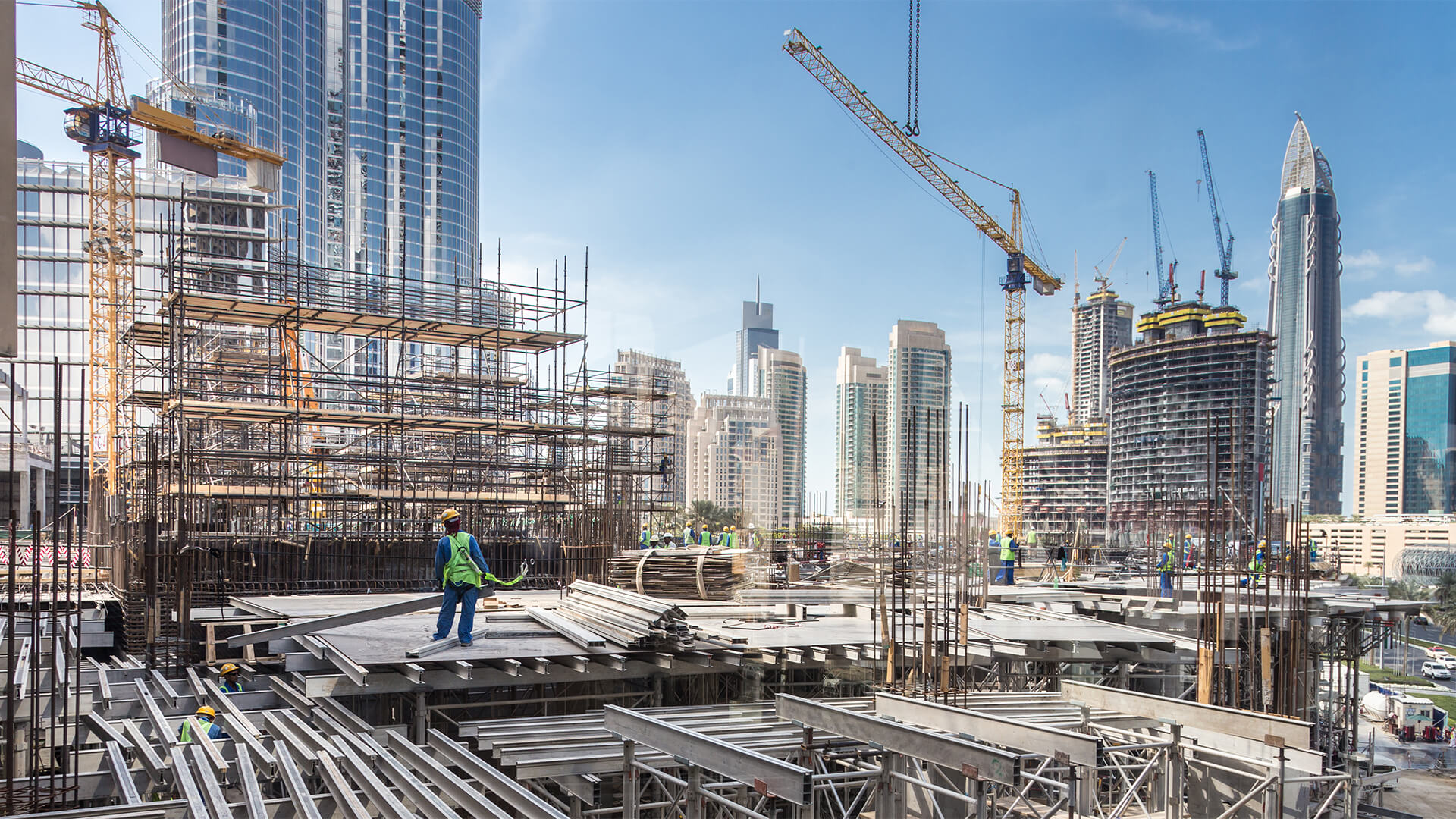Building reinforcement is an essential process in a building’s construction or remodeling process. Reinforcing or strengthening a structure helps it carry the projected load or increase its capacity for handling more loads, as in the case of expansion or remodeling. A building’s structural system needs to be reinforced or upgraded depending on its construction phase or current state. While building stability and durability are ensured during the construction phase, these can gradually decrease as time goes by. Other factors that can affect a building’s stability are soil erosion, corrosion, moisture, substandard construction materials used, or low-quality craftsmanship.
Reinforced Concrete
Perhaps one of the most commonly used materials used in building reinforcements is reinforced concrete. Contrary to what some people might think, concrete is not made up of hardened cement when completing its solidified form. Cement only makes up a fraction of the composition of reinforced concrete. The standard composition of reinforced concrete includes cement, water, aggregates, and steel.
While the cement, aggregate, and water mixture has excellent compression strength when solidified, it has relatively weak tensile strength. To make up for this limitation, construction professionals from https://www.reozone.com.au/reinforcing-mesh/trench-mesh/ or any reputable construction firms recommend adding reinforcing steel or rebar into the mixture. Trench meshes are typically used for residential footing trenches and industrial building concrete footing and beam reinforcement. These are composed of rebars, ribbed wires, and cross wires and are cast into concrete to increase the overall strength and tensile load capacity of a building’s walls and floors.
Concrete steel composites are versatile and durable composite elements in the field of construction. Composite materials generally have better properties than their separate constituent parts.
As mentioned earlier, concrete without steel reinforcement works well in compression but has low resistance in tension. Steel has high tensile strength but lacks oxidation resistance from moisture exposure. By combining the two materials, concrete-steel composites have high compressive and tensile strength, while the rebar stays protected from oxidation under the tightly packed layer of concrete. Composite slabs, beams, and columns made from these materials are widely used in various construction and reinforcement projects and are known for their stability and durability.
Structural Steel
Structural steel reinforcement may be uncommon in residential construction and remodeling projects, but it is preferred in high-rise structures and skyscrapers. Steel has excellent compressive and tensile strength, ductility, and durability, making it one of the leading materials used in various industrial and commercial building construction and reinforcement projects. Contrary to common belief, steel is generally affordable compared to concrete because most of the steel manufactured today is recycled or A992 steel.
Recycling steel has a lower material cost and a less complicated manufacturing process compared to manufacturing steel from freshly mined iron ores. The impressive overall strength of steel and relatively low weight make it easy to install. Structural steel can also be easily mass-produced, especially if the construction or reinforcement needs repeating units. Ready-made structural sections made of steel are also widely available, which allows for more designing, construction, or reinforcement options. Steel has remarkable ductility and adaptability to be formed into different shapes. Steel beams and columns are formed using hot-rolled steel.
Steel softens at high temperatures and as heated steel passes between rollers, it can be deformed to create various shapes such as I, H, W, C, and S shapes, tubes, angles, and others. The different available shapes make steel a versatile material for handling various angles and approaches of building reinforcement. When it comes to durability, steel has a reliable resistance to dynamic forces such as strong winds and earthquakes. Although steel is prone to corrosion when in contact with water, it can be compensated with paint or water-resistant seal application.
Wood
Not all structures use contemporary materials like concrete and steel. There are structures like ancestral houses, historical sites, classical houses, and churches that are mostly or entirely made of wood. Reinforcing these architectural pieces requires using the same material – wood – to preserve its structural, historical, and architectural integrity. Timber has excellent qualities that make it a well-regarded material for construction and reinforcement. It has remarkable tensile strength, has excellent heat and electrical resistance, and is lightweight. Wood has the incredible capacity to support its weight, making it suitable for constructing or reinforcing large spaces.































